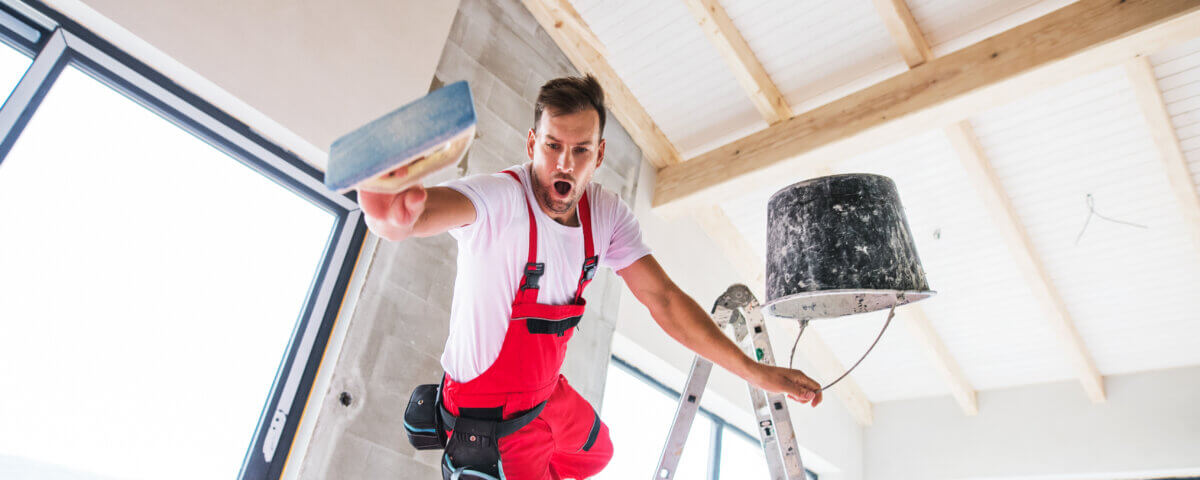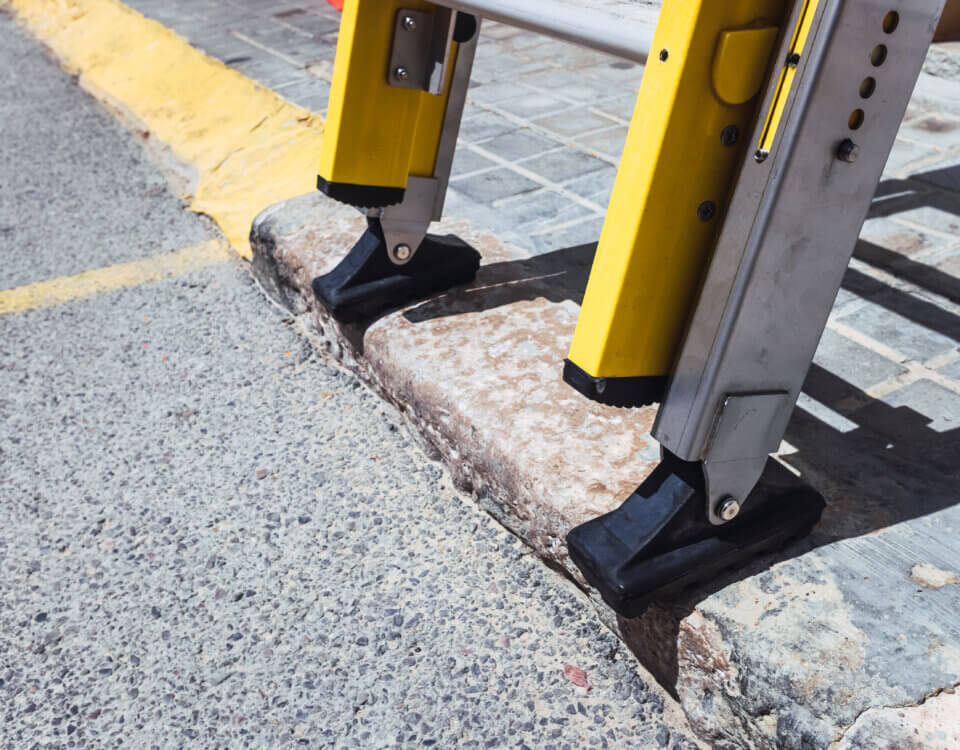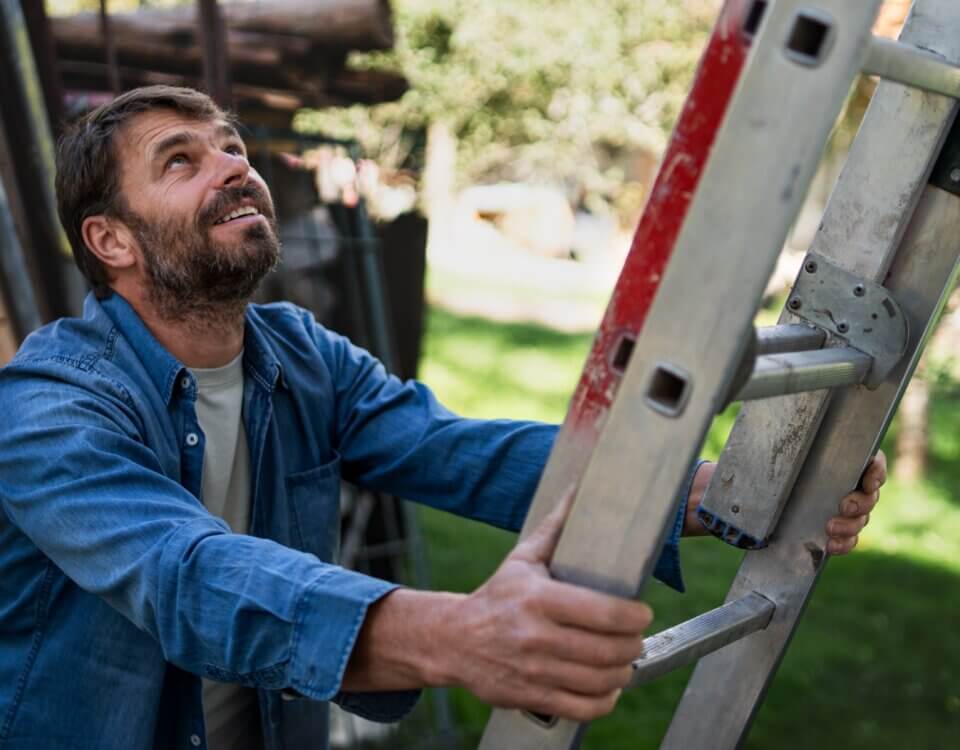Ladders are a common tool in many households, helping with everything from cleaning gutters to painting walls. However, they also pose a serious risk when not used properly. Each year, thousands of people suffer injuries — some life-changing — from ladder accidents at home.
At Hillstone Law, we’ve seen firsthand how devastating these accidents can be. That’s why we’re sharing practical safety tips to help you prevent injuries and keep your home safe.
1. Choose the Right Ladder
Always use the correct ladder for the job. Consider both the height and weight capacity required, including your body weight and any tools you’ll carry. For example, use a step ladder for small tasks and an extension ladder for reaching higher areas. Choosing the right ladder significantly reduces accident risk.
2. Inspect the Ladder Before Use
Check your ladder before every use. Look for cracks, loose rungs, bent rails, or damaged hardware. Pay attention to the ladder’s feet — they should be secure and equipped with non-slip pads. If you find any defects, don’t risk it. Repair or replace the ladder immediately.
3. Secure the Ladder Properly
Place the ladder on a flat, stable surface. On uneven ground, use levelers or stabilizers for added safety. Avoid high-traffic areas or doorways where the ladder could be bumped. Extension ladders should extend at least three feet above the landing surface for extra stability.
4. Maintain Three Points of Contact
To minimize falls, always keep three points of contact: either two hands and one foot or two feet and one hand on the ladder at all times. Don’t lean too far or overreach. If you can’t reach safely, climb down and reposition the ladder instead.
5. Use Proper Climbing Techniques
Face the ladder when climbing up or down, and grip the rungs firmly. Never carry heavy or awkward items that could throw off your balance — instead, use a tool belt or pulley system. Also, avoid climbing if you feel tired, dizzy, or are under the influence of alcohol or medication.
6. Keep the Area Around the Ladder Clear
Before setting up the ladder, make sure the area is free of hazards like toys, tools, or debris that could cause trips or slips. Let family members know you’re using a ladder so they avoid the area while you work.
7. Learn Ladder Safety Basics
Stay informed on ladder safety best practices. Resources from organizations like OSHA provide valuable guidance. Consider attending a safety workshop or reviewing current safety standards to keep your knowledge up to date. The more you know, the safer you’ll be.
How Hillstone Law Can Help
Even with precautions, ladder accidents still happen — and the results can be life-altering. Victims may face long recoveries, lost wages, and permanent injuries. If you’ve been hurt in a ladder accident due to unsafe conditions or faulty equipment, Hillstone Law is here to help.
Our experienced personal injury attorneys fight to secure maximum compensation so you can focus on healing. Contact us today for a free consultation and learn how we can protect your rights after a ladder accident.



